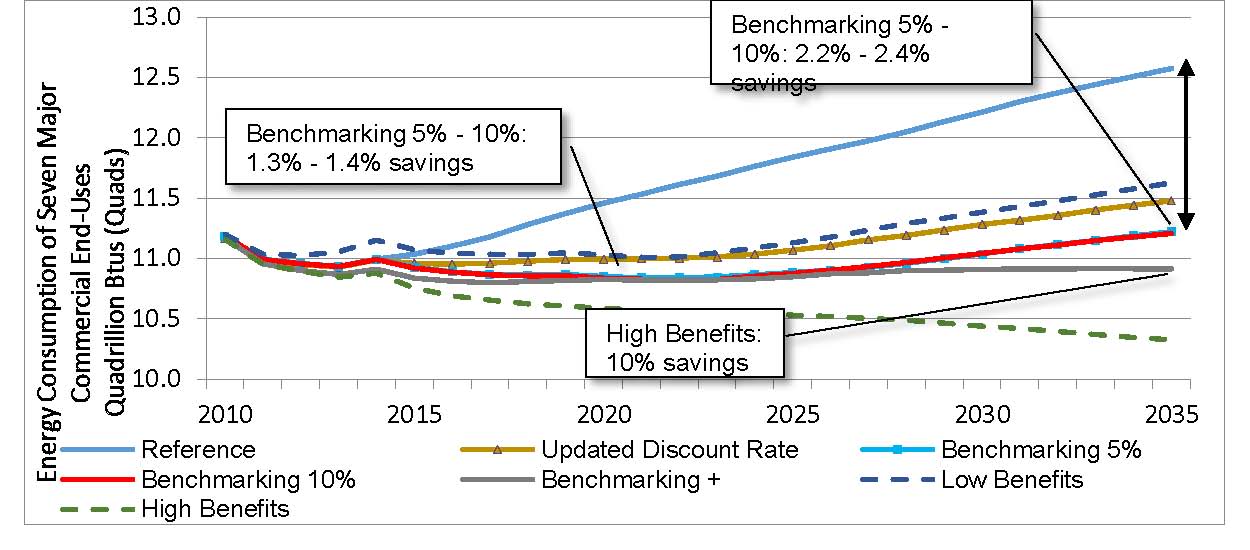The journal Environmental research Letters just highlighted and shared this CEPL work in a News Insight, available on their website.
U.S. cities are beginning to experiment with a regulatory approach to address information failures in the real estate market by mandating the energy benchmarking of commercial buildings. Understanding how a commercial building uses energy has many benefits; for example, it helps building owners and tenants identify poor-performing buildings and subsystems and it enables high-performing buildings to achieve greater occupancy rates, rents, and property values. This paper estimates the possible impacts of a national energy benchmarking mandate through analysis chiefly utilizing the Georgia Tech version of the National Energy Modeling System (GT-NEMS). Correcting the input discount rates for seven major equipment classes representing 45% of commercial sector energy demand results in a 4.0% reduction in projected energy consumption relative to reference case forecasts in 2020. Further discount rate reductions spurred by Benchmarking policies yield another 1.3% in energy savings in 2020,. Benchmarking would increase the purchase of energy-efficient equipment, reducing energy bills, CO2 emissions, and conventional air pollution. Achieving comparable CO2 savings would require more than tripling existing U.S. solar capacity. Our analysis suggests that nearly 90% of the energy saved by a national benchmarking policy would benefit metropolitan areas, and the policy’s benefits would outweigh its costs, both to the private sector and society broadly.
Energy Savings and Fuel Switching Projected

*Forthcoming in Environmental Research Letters, 2013.
Resources:
- Georgia Tech School of Public Policy measures Dunwoody climate impact in the Dunwoody Crier
- Full Article: Energy benchmarking of commercial buildings: a low-cost pathway toward urban sustainability
- PowerPoint Presentation: Energy Benchmarking of Commercial Buildings
Researchers:
- Dr. Marilyn A. Brown: marilyn.brown@pubpolicy.gatech.edu
- Matt Cox: matt.cox@gatech.edu
- Xiaojing Sun: xsun44@gatech.edu
